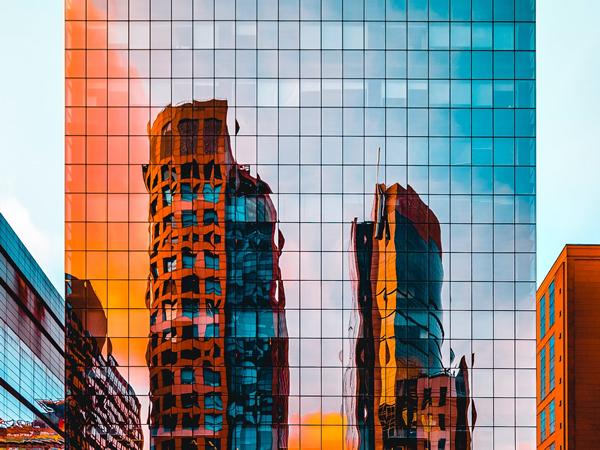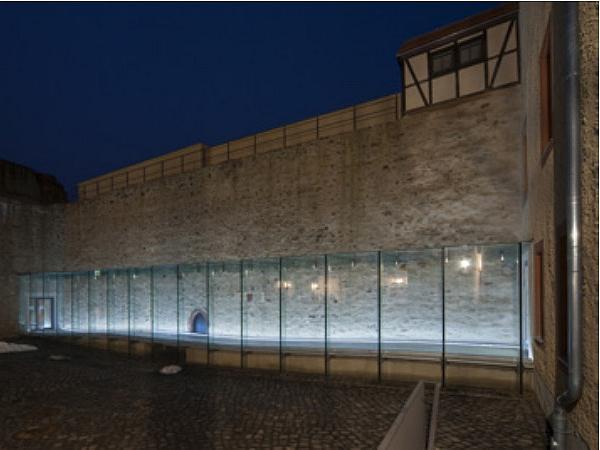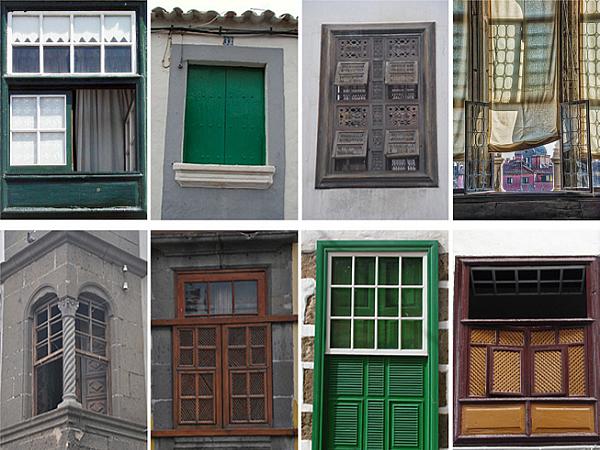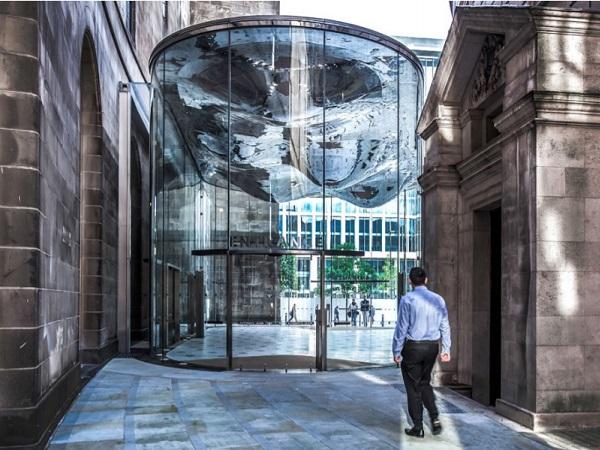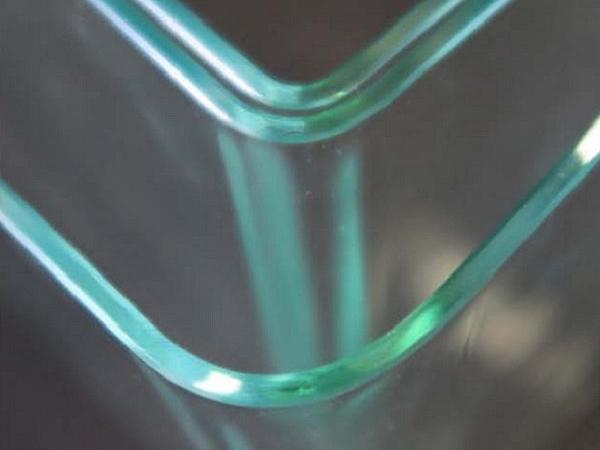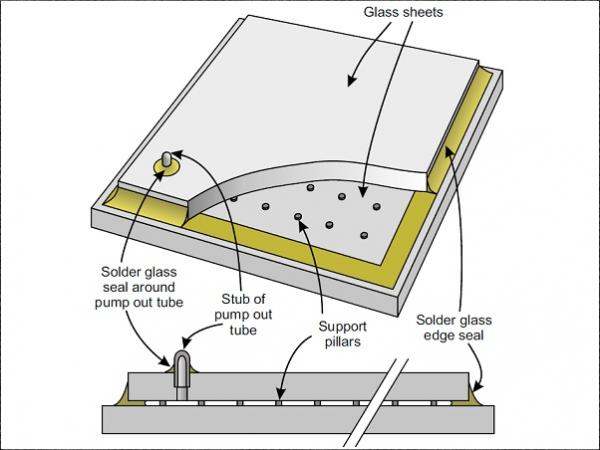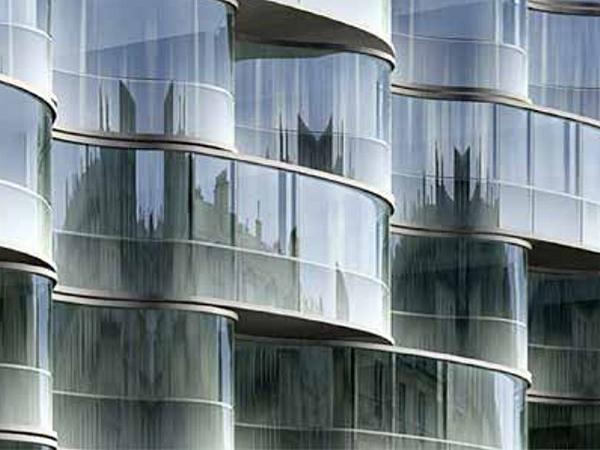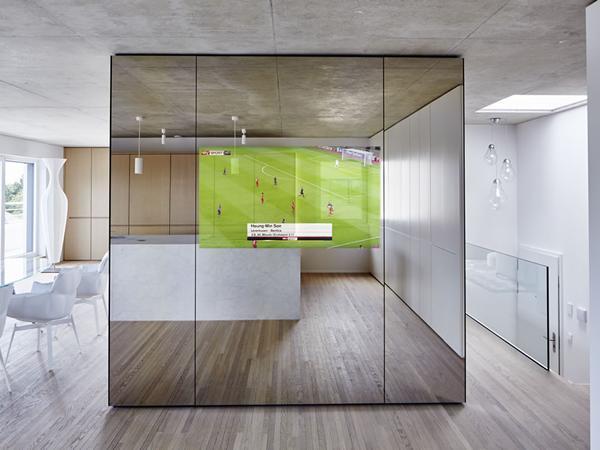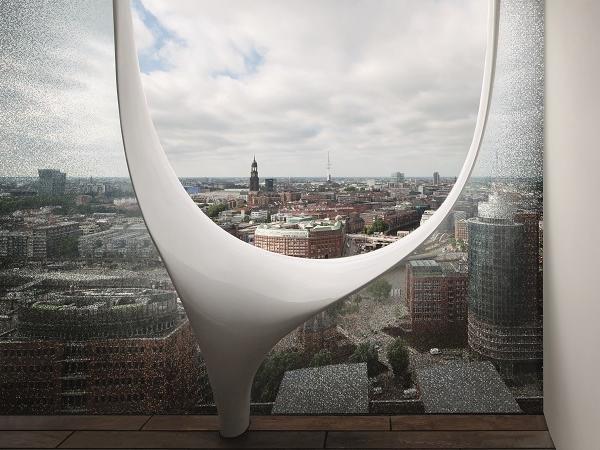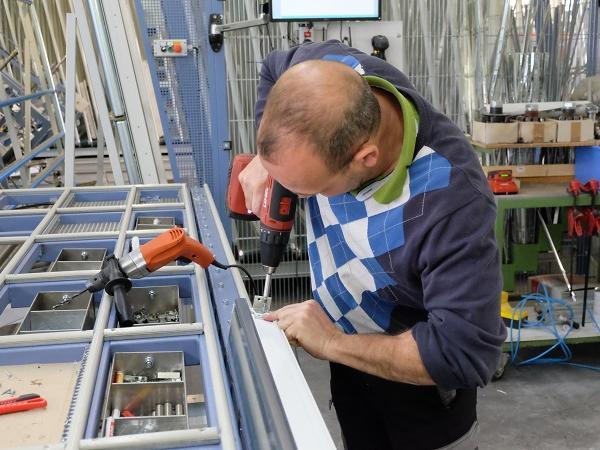Others also read
| The need for higher transparency in façades has led to the development of jumbosized glass. Until now, the almost jointless appearance of large-scale glazing could only be reached with laminated safety glass.
| During a recent project to understand the ability to use Transparent Structural Silicone Adhesive (TSSA) via linear bonding for cable wall fittings, a unique aspect of the material indicates a potential novel method for cold bending glass.
| Façades play an important role in the control of energy flow and energy consumption in buildings.
| Numerous innovations have been seen in the last decades concerning new façade technologies. These were driven by new materials or new applications of known materials, such as glued-on wall structures (structural glazing) in the 60’s and 70’s.
| Glass distortions may cause objects to appear irregular and out of focus when observed through a distorted glass panel.
| Adhesive bonding is an efficient joining process with great potential for materialefficient constructions. Today, the technology is already applied in almost all branches of industry.
| Modern architecture continues to produce ever more attractive and higher quality façade constructions.
| Windows have always been at the intersection of various technologies and architectural processes that evolved in parallel and often intertwined.
| The New Hype in Top End Architecture – an Examination of Latest Product Developments and Projects
| Three-dimensional formed glass products, manufactured from flat glass, are experiencing rapidly growing demand.
| Curved insulated glass units formed by tempered bending or annealed slumped bending offer a bold expression of architectural design with transparency and energy efficiency.
| In the constant search for original designs that truly push the limits, many building projects in the Middle East have been driving global innovation in engineering and façade design.
| New technological advances in glass have taken curved glass fabrication to different levels of complexity and performance in the last few years, and design continues to drive into new frontiers.
| Use of cold-bent and warped glass units in unitized curtain walling is a state-of-the art application.
| This contribution is an excerpt of the journal publication by Louter et al. 2018. It explores the potential of thin glass for architectural applications and reports on two thin glass concepts.
| New generation thin, lightweight and damageresistant glass seems to be the optimal material for extremely deformable structural elements for façades and building skins.
| Extended abstract (The complete contribution will be published in the Glass Structures & Engineering journal).
| When designing with glass, there are a wide range of options to choose from to create a truly unique project.
| This article reviews the history and current status of Vacuum Insulating Glass (VIG), and discusses future possibilities for this technology.
| The construction typology of the curtain wall arose with Joseph Paxton’s Crystal Palace and accelerated in the 20th century.
| Along with the multifunctionality of the building skin, BIPV today involves a new aesthetics in contemporary architecture.
| This paper will describe the design, detailing, testing and construction of structural glass beams as part of load bearing grid shell structure in the newly built Zaryadye Park in Moscow, Russia.
| The functionality of glass goes far beyond the proven basic properties of this transparent material.
| This year the special show will address the four focal themes Interactive Façades/Display Glass, Energy and Performance, Structural Glass and New Technologies.
| Presented below are some of the special challenges facing the skilled glass-processing trades: many products are becoming smarter.





